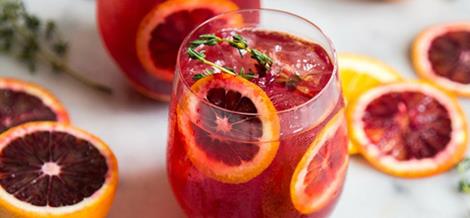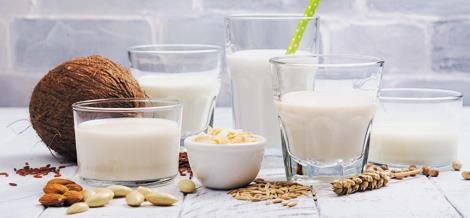Welcome to the endless world of Taste and Flavor!
Flavor contains a variety of complex chemical ingredients that create aroma and taste. These substances are natural, semi-natural, synthetic, natural Oils and solvents.
In general, the word "Flavor" is used for all volatile and aromatic substances. But this phrase refers to the two main groups of Fragrance and Flavor.
Fragrance is a set of aromatic substances that are received through smelling, such as the essence of shampoo, cream, and perfume and so on. Flavor is also a collection of aromatic and non-aromatic substances that are felt through the sense of taste, such as flavor of food products, medicines, toothpaste, chewing gum and so on.

Flavor is received by two important senses of taste and smell. We are all familiar with our five senses, but the sense of taste and smell are much more complex than the other senses.
When it comes to taste perception, the vast majority of Flavor consumers believe that percepting a taste takes place only through the sense of taste. But this theory is contrary to reality.
There are many receptors on the surface of the oral mucosa and nasal passages that make it possible to transmit taste and smell to the brain. For example, we can mention sugar. When sugar is placed in the mouth, it adheres to the tongue receptors. Then signals are sent to the brain and through this you percieve the sweetening agent.
In the olfactory duct, signal receptors follow the basic concept, but the number of olfactory receptors is between 300 and 400. That is why we are able to understand the different smells of food, and in recognizing the flavor, smell helps better than the taste. Food creates an odor in the mouth that is transmitted through the nasopharynx to the nasal passage.

The brain is able to receive the taste that includes sweetness, saltiness, sourness and bitterness, and more recently a new flavor called umami.
The temperature and texture of the food are very effective in perception of the taste and aroma. For example, some people may never like the taste of cold coffee, or the taste of pear may not be acceptable due to the fine texture of its peel. Factors such as the memory of a particular food, the color of the food or even the healing process in some diseases have a great impact on the taste.
Flavors used in food industry are divided into three groups: Natural, Semi-natural and Synthetic.
There are more than 7,000 volatiles in the structure of food, of which 1,500 are used to make Natural or Semi-natural Flavors, and there are approximately 400 chemicals used in the structure of Synthetic Flavors.

Babolab, using high quality raw materials and superior technology and experts familiar with different industries of food, beverages, confectionery, bread, dairy and ice cream, and according to the daily needs of the market and new tendencies in various industries, produces the most required High quality flavors for the customers.
Our Flavors can be water soluble, oil soluble or as powder according to the requirement of customers and their applications. All Flavors produced by our company are tested in the final product and its quality and stability are assured.
The current need of customers is that in addition to providing health, the drink also causes mobility and vitality. The beverage industry is constantly evolving to keep pace with changes in people's eating styles and standards. Offering fresh and new taste has been one of the most important key factors in the success and growth of this active industry.
The drink should be something beyond quenching thirst: an attractive taste in an Energy drink, the pleasure of drinking a hot aromatic Tea, or a fresh and natural taste in Juices.
Non-carbonated and carbonated beverages, juices, instant beverage powders, etc. have a wide range in the Flavor industry and are growing rapidly. One of the most important factors in expanding the activity in this sector is the high tendency of customers to test new tastes. This has led Flavors producers to seek innovation and create new tastes in this growing industry. In this regard, Babolab, with the help of its flavor experts, has been able to identify the needs of this market and with the help of this information, has produced various flavors to meet the needs of customers based on different interests.
In general, due to the fact that some physical and chemical conditions, such as the quality of drinking water and exposure to light, may cause changes in the taste of the drink, so the used flavors in the drink should be clear and resistant to oxidation.
Babolab Company has been able to present stable Flavors by recognizing the various tastes in the beverage industry and the reaction between the components of the flavor with the structure of the beverage.
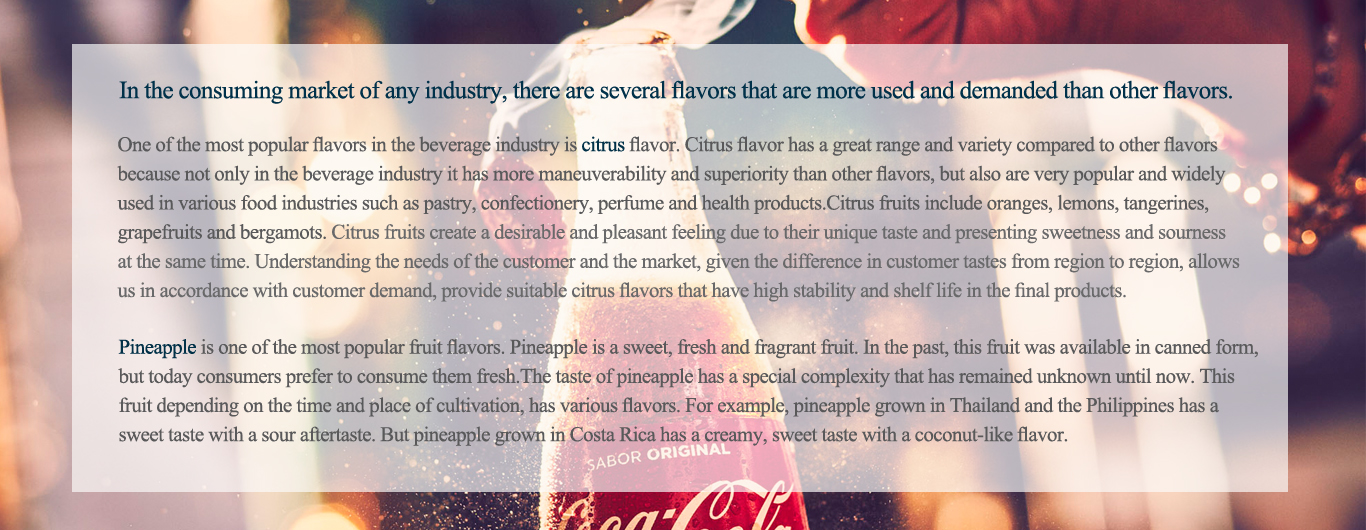
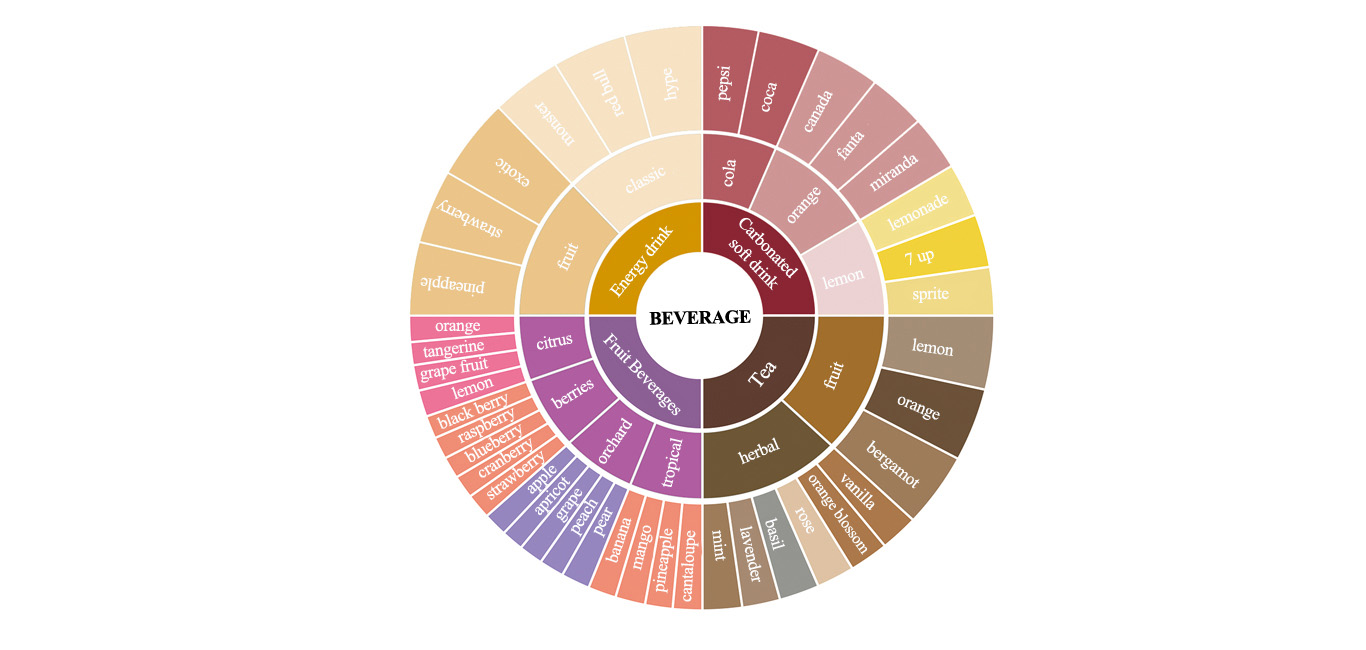
Application of Beverage industry
Flavored Ice cream or Dairy Drink? What is your choice?!
Over time, and by the early 1970s, Ice cream and Dairy industry revolutionized. There were no more common Drink Flavors in the Dairy industry. Due to the growing market and economy of the food industry in the world, the dairy industry, like other industries, has needed to innovate in the taste of products. But with the spread of cardiopulmonary disease and diabetes in the world and the desire of consumers for products with less sugar and fat but at the same time with more nutrients, has led the experts of this industry to offer flavors to the market that help the producers to present high quality products with stable taste.
Despite its popular products, the dairy industry has also introduced new products to the market, such as dairy drinks and flavored yogurts, which have found a special place among consumers. Due to the importance of taste in the dairy industry, our experts in Babolab have decided to offer new and popular flavors based on the needs of the market and common diets of consumers.
Ice cream, reminiscent of happy childhood
Chocolate, vanilla and strawberry ice cream are memorable flavors from the good old days. However, many exciting flavors have entered this market that has increased the interest of consumers to try new flavors, such as cappuccino, tiramisu, cheesecake, after eight and …. Along with these common ice creams in the world, the trend towards diet ice creams with less fat and lactose has spread. So we have to start working and present new flavors that can meet the needs of customers despite maintaining the deliciousness of ice cream. In this regard, we have succeeded in providing attractive flavors to the market by maintaining the health principles of ice cream.
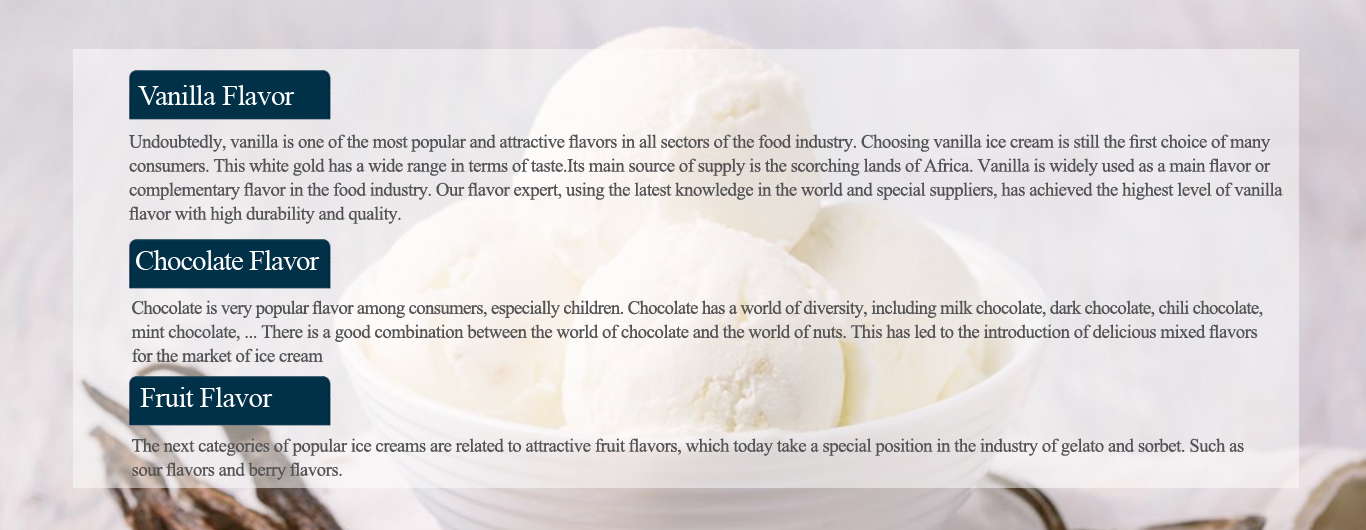
Application of Dairy & Ice cream Industry
Sweet food products have a special place in the food industry, so creativity and the invention of new flavors in the confectionery, chocolate, chewing gum, toffee and pastilles sectors play an important role in the world of taste. Customers looking for a challenge and excitement to try new taste usually expect their exciting flavors from the sweet flavors section.
The most widely used flavors in this section, which are reminiscent of good memories, are vanilla, strawberry, citrus and mint. Foresight in the essential oil industry is in line with the emerging social thinking of producing healthy foods with less sweets and fat. For example, a piece of chocolate with less fat and sweetness, but at the same time preserving the taste, can meet the needs of the consumer. Our specialists in the production of Flavors are trying to meet the needs of customers in this field by using the latest knowledge in the world. Babolab, taking into account the factor of healthy foods, which has received a lot of attention in the food industry market these days, has started to produce flavors, which despite the reduction of sweetness and fat in products such as sweets and chocolate, the same amount of usual taste received by customers and meanwhile has no effect on the quality of taste.
Due to the fact that most products used in the pastry and confectionery industries have a fat base, the use of water-soluble liquid flavors cannot meet the appropriate quality of the product. As a result, fat-soluble flavors or special solvent-based flavors should be used to achieve the desired quality. Or chewing gum flavors should have good properties so as not to adversely affect the elasticity of the gum. Babolab Company has been able to achieve sustainable flavors in the pastry and confectionery industry by recognizing the formulation of different food industries and the reaction between the components of the essential oil with the structure of the food.
Flavors related to pastry & confectionery industry are the flavors used in cakes, muffins, biscuits, wafers, cereals and all flour-based products. Two characteristics are very important in the production and selection of flavors in this industry:
![]() High thermal resistance
High thermal resistance
![]() Compatibility with the fat part in the product formulation
Compatibility with the fat part in the product formulation
Therefore, the production of flavorings that are resistant to heat and have less taste reduction during cooking is one of the distinctive features of our produced flavors.


